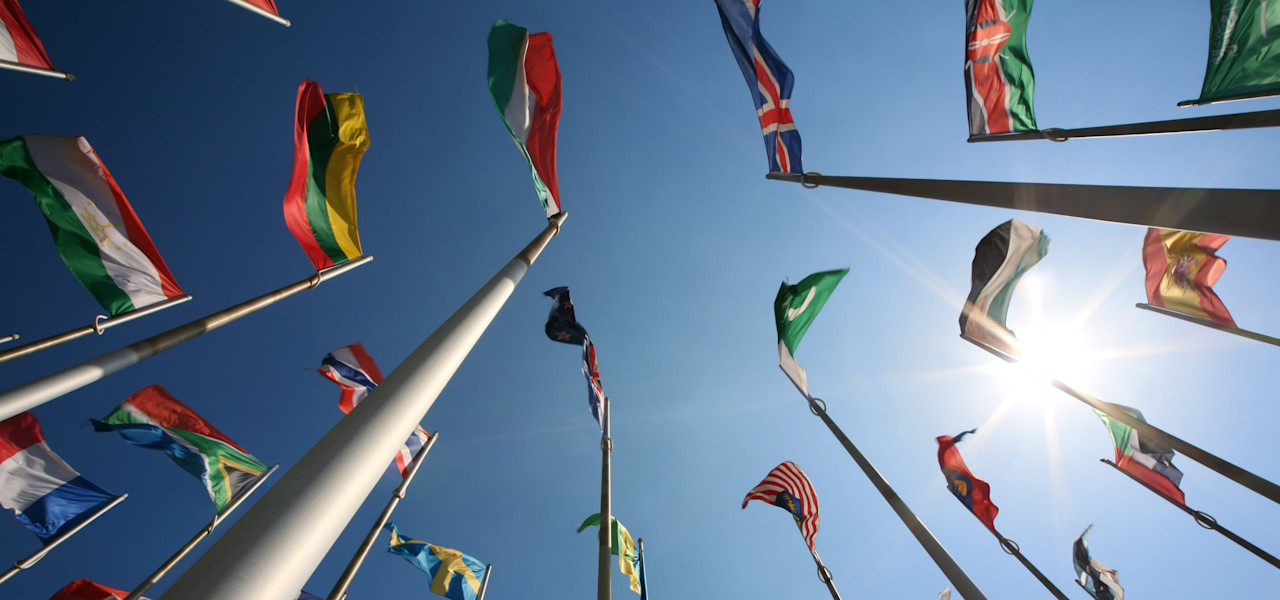The Millennium Development Goals (MDGs) were eight goals to improve human society launched by the United Nations in 2000. They were mainly aimed at helping the world’s poorest people, led by the starvation that was seen in many developing countries. They were succeeded by the Sustainable Developments Goals (SDGs) launched in 2015.
8 goals
The eight Millennium Development Goals were:
Eradicate extreme poverty and hunger;
Achieve universal primary education;
Promote gender equality and empower women;
Reduce child mortality;
Improve maternal health;
Combat HIV/AIDS, malaria, and other diseases;
Ensure environmental sustainability
Develop a global partnership for development.

Rendement waar de wereld beter van wordt
During their 15-year reign, major progress was seen as countries sought to meet the MDGs. Between 1990 and 2015, more than 1 billion people were lifted out of poverty and 1.9 billion people gained access to piped drinking water and improved sanitation. The child mortality rate was cut from 90 kids out of 1,000 live births dying before their fifth birthday in 1990 to 43 per 1,000 in 2015.
These surviving children are also more likely to go to school. Around the world, the number of unschooled children has fallen from 100 million in 2000 to an estimated 57 million in 2015. Adding to that, adult health improved; for example, new HIV infections fell by 40%: from 3.5 million cases in 2000 to 2.1 million in 2013.
Despite this progress, the UN acknowledged that major sustainable development challenges remained pervasive. So, having taught the world that setting goals is an effective way to mobilize action and accelerate progress, the MDGs were replaced by the wider ranging and more inclusive SDGs.



















